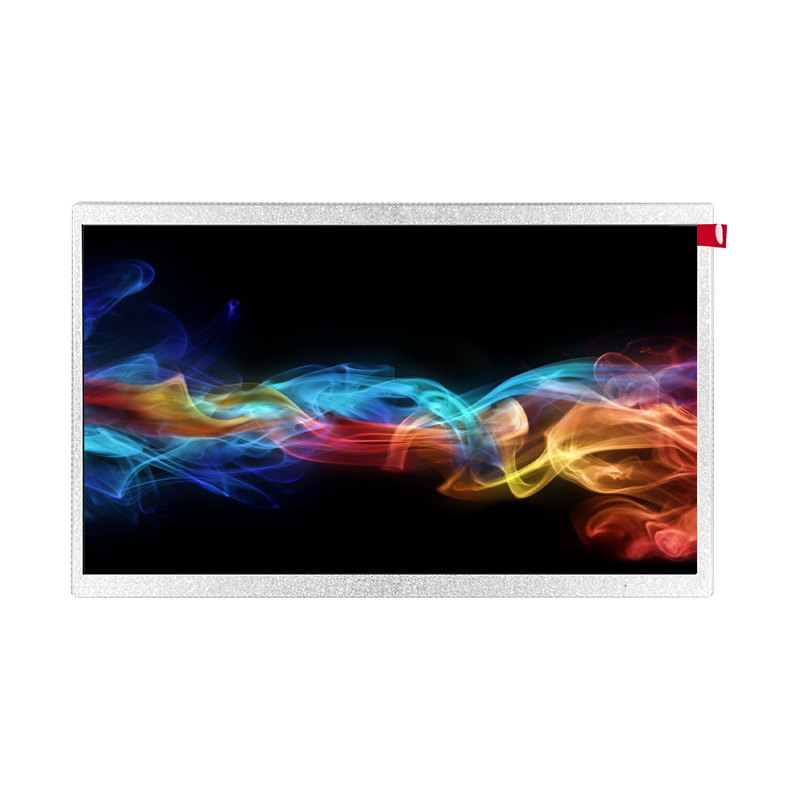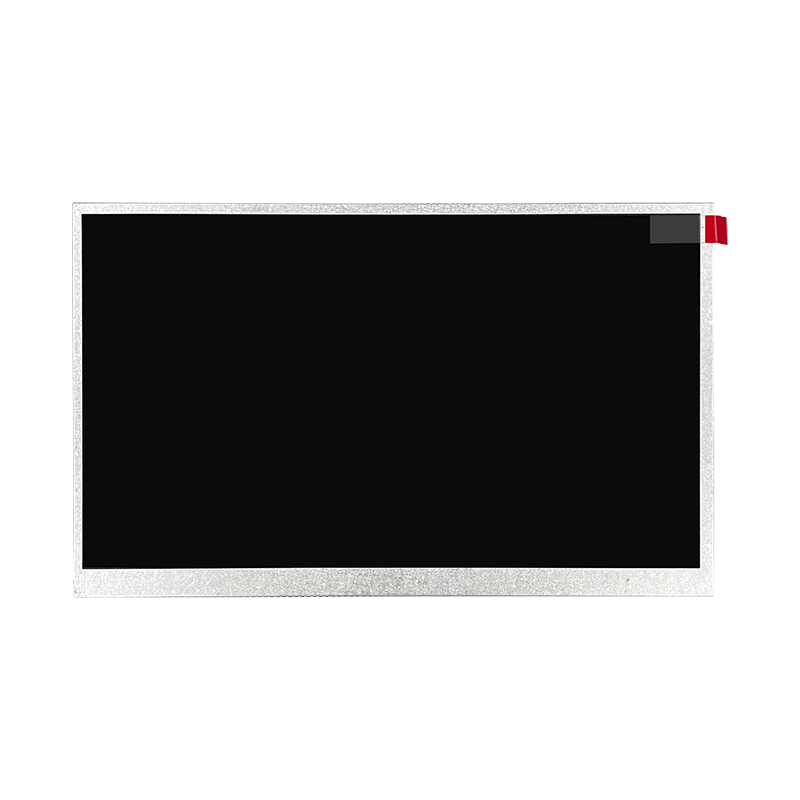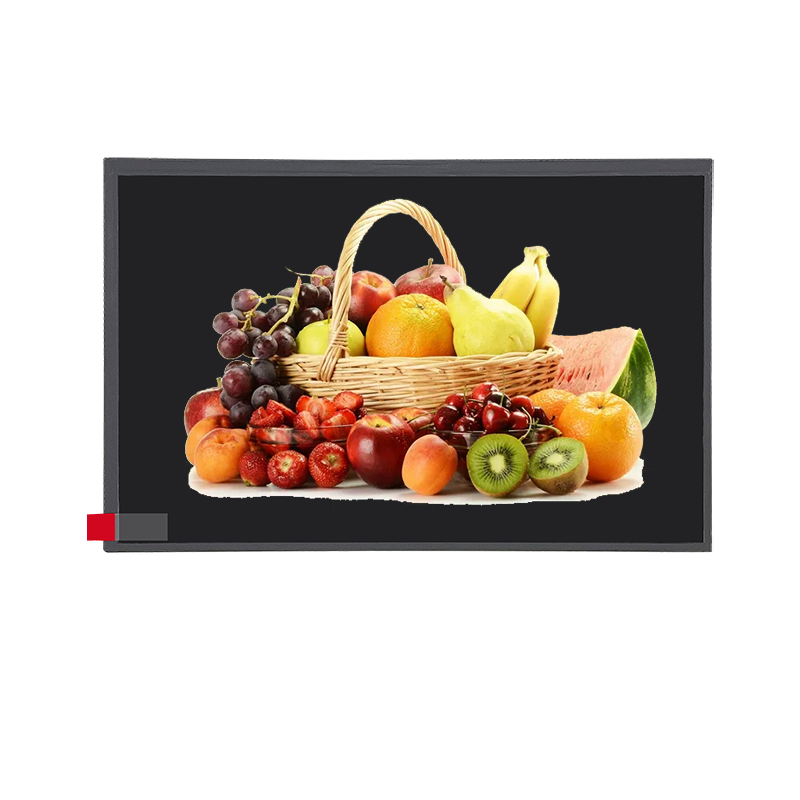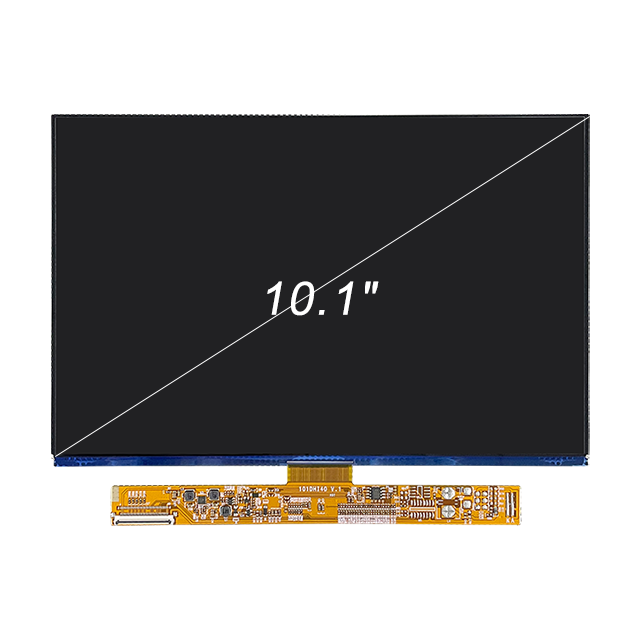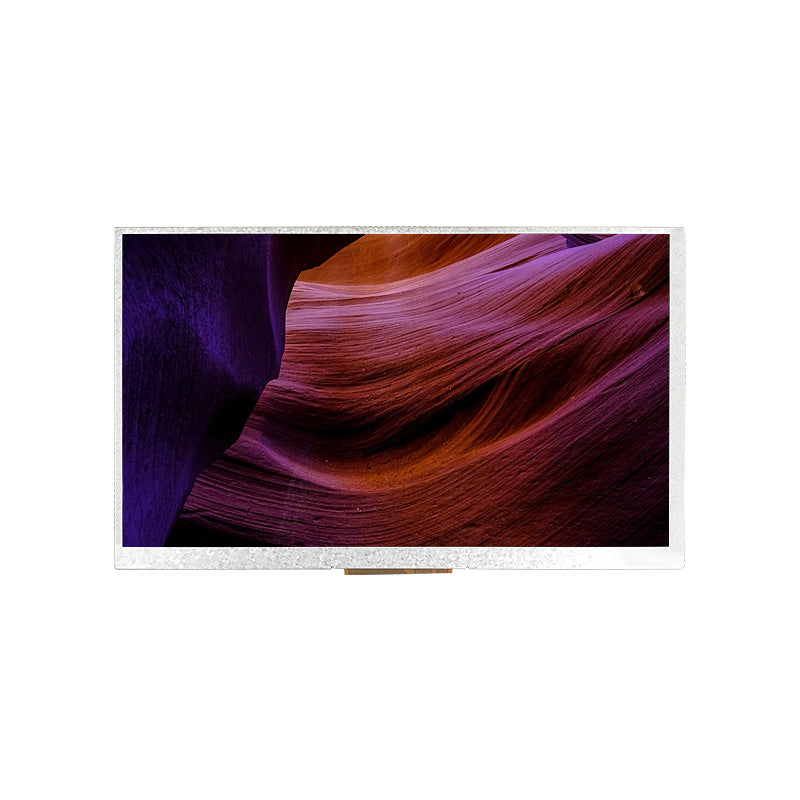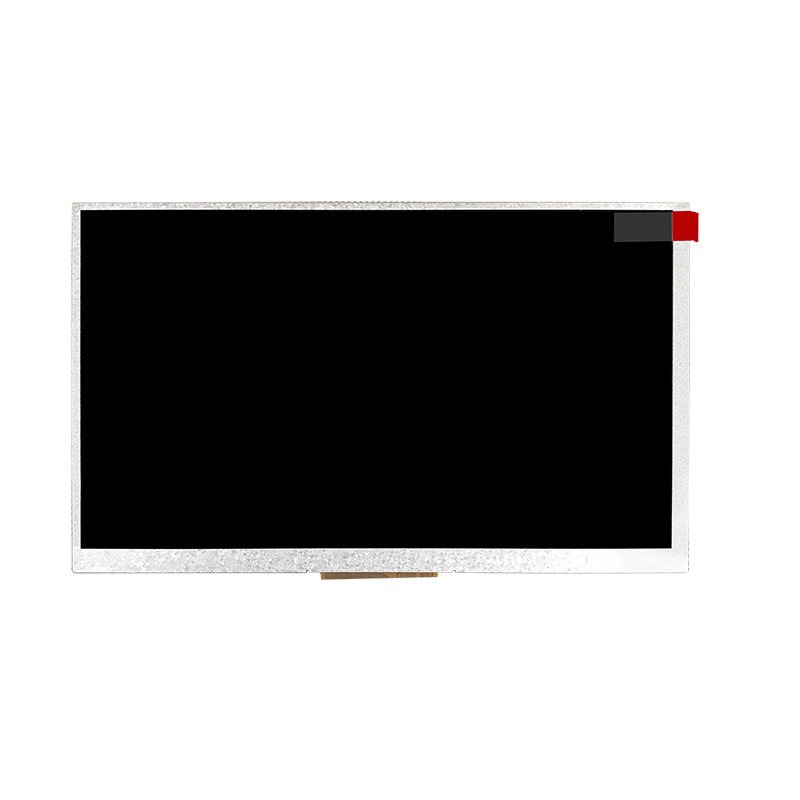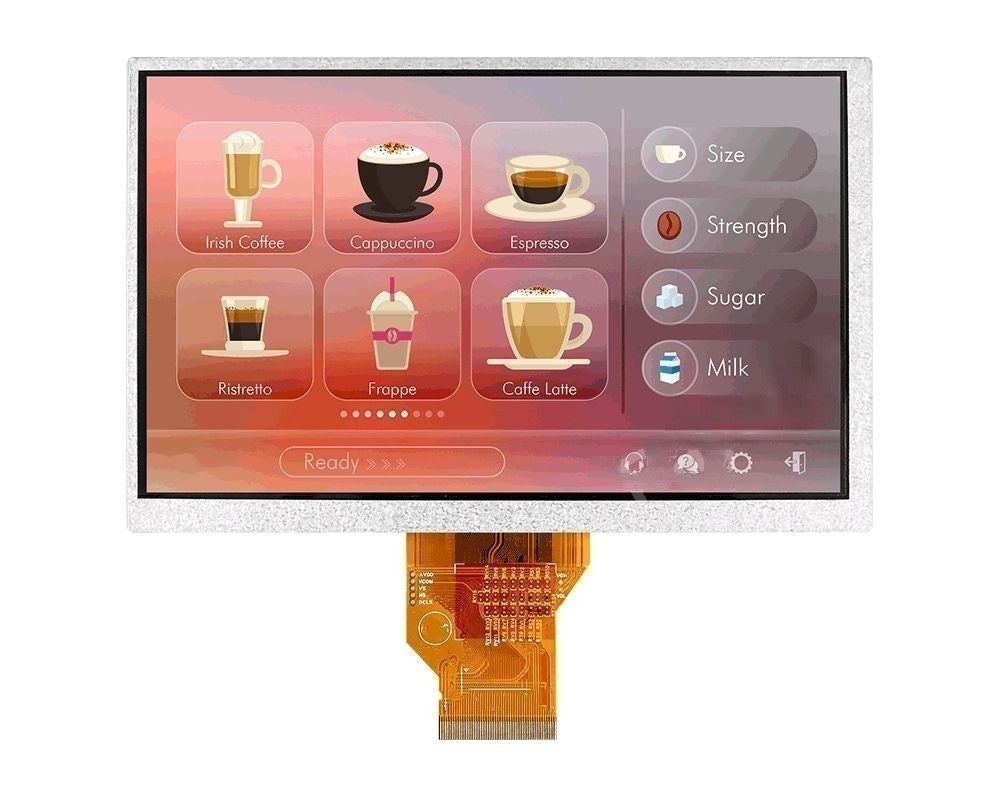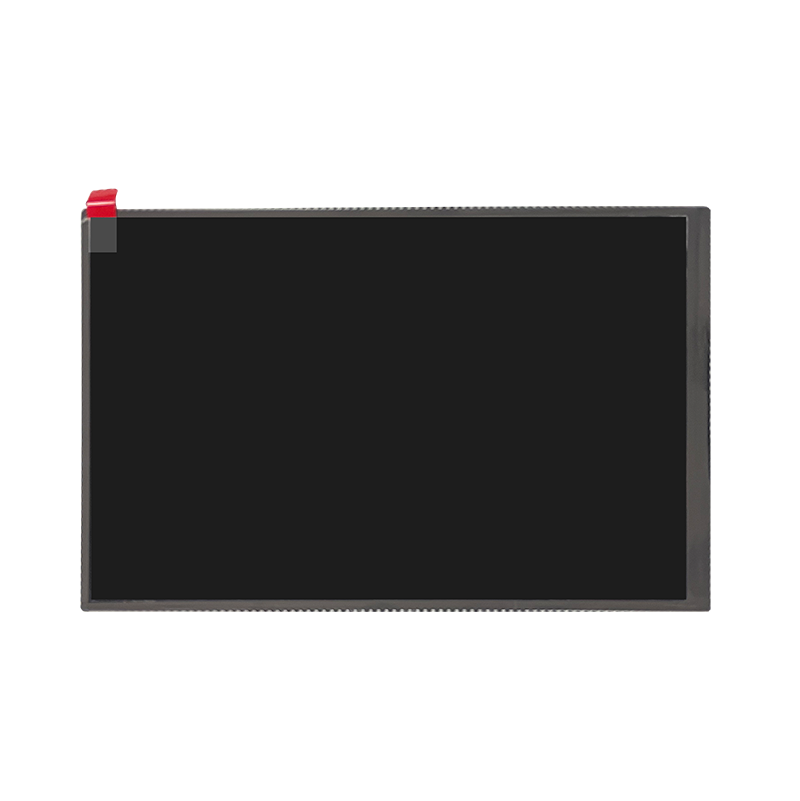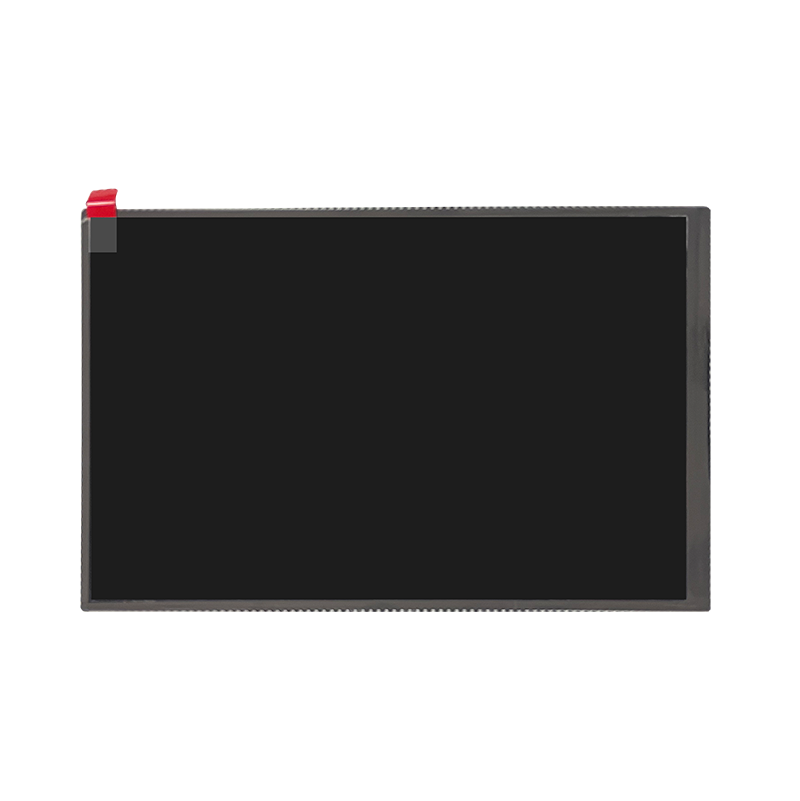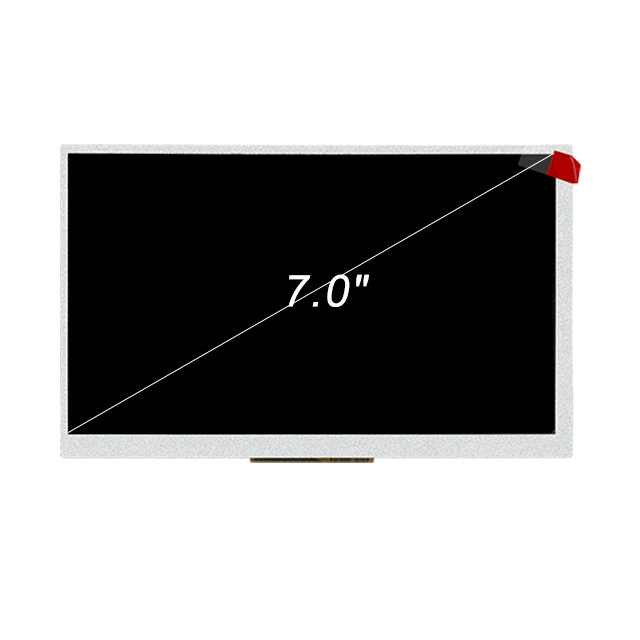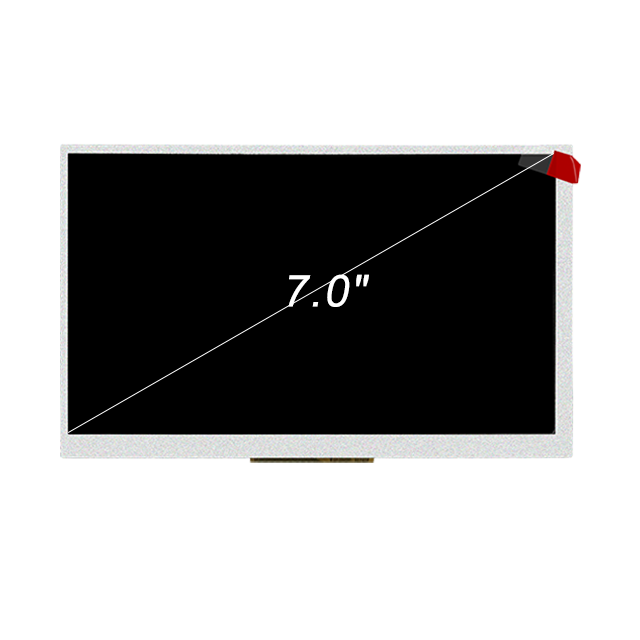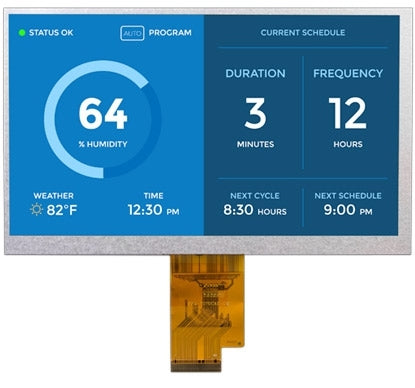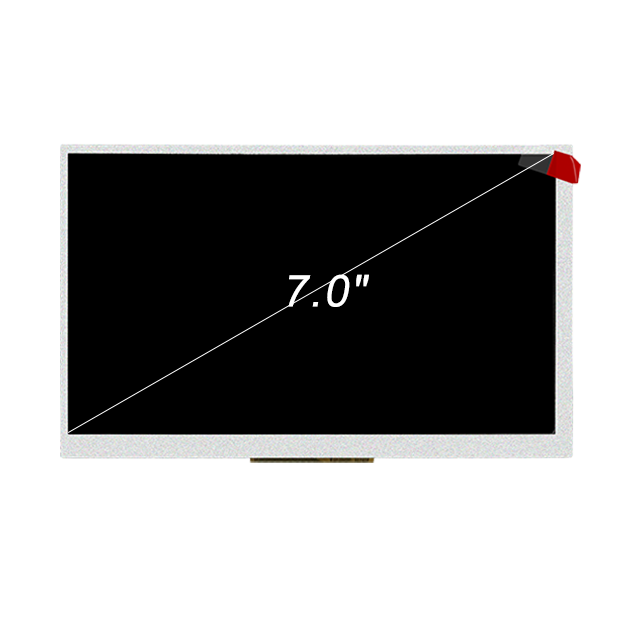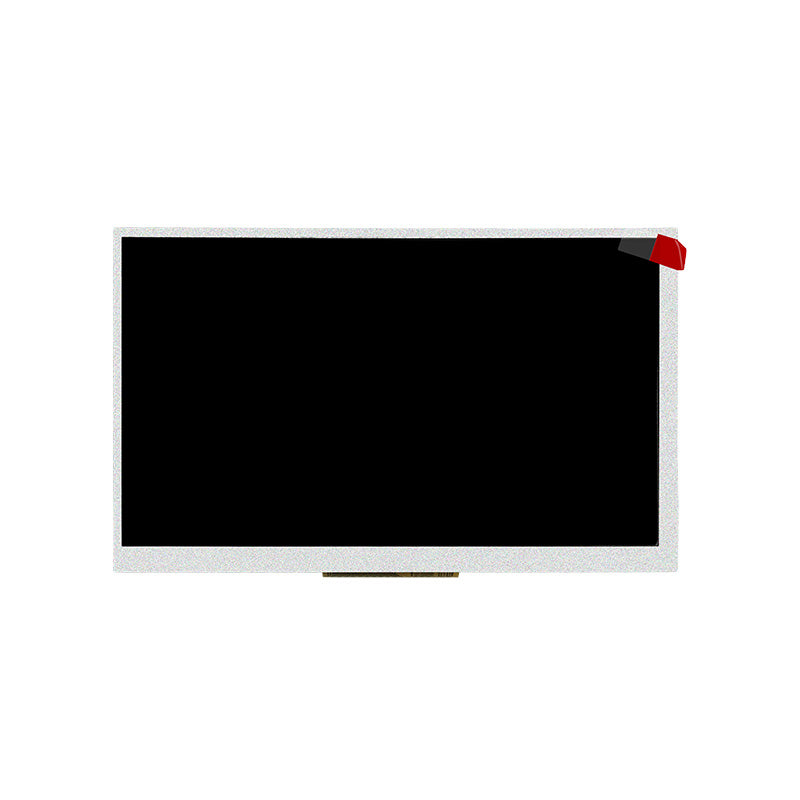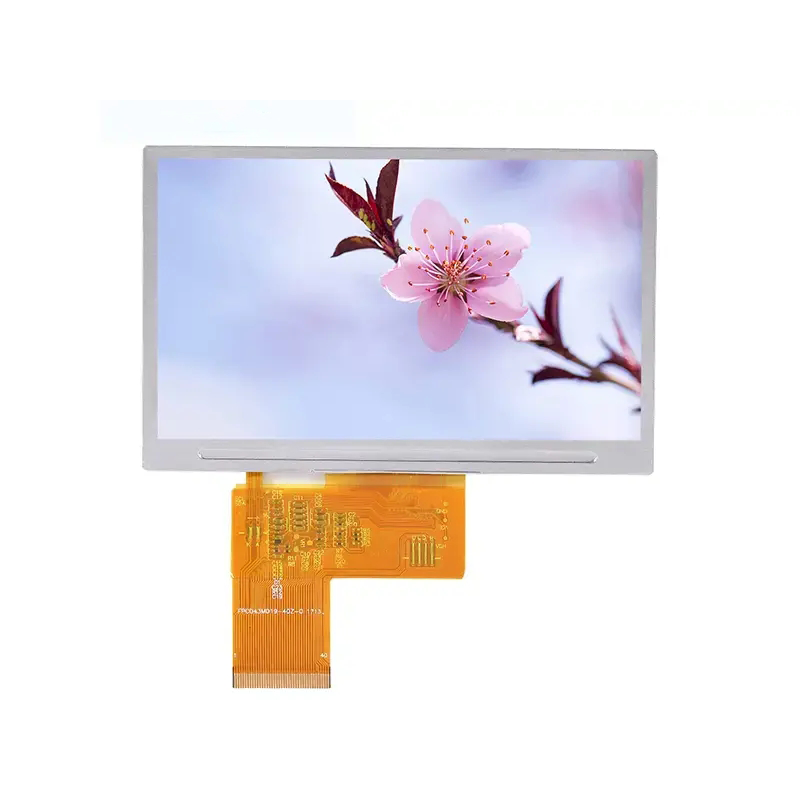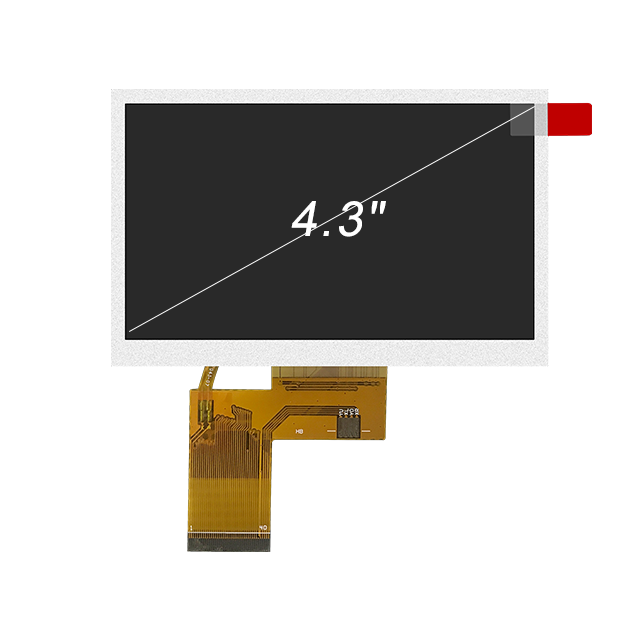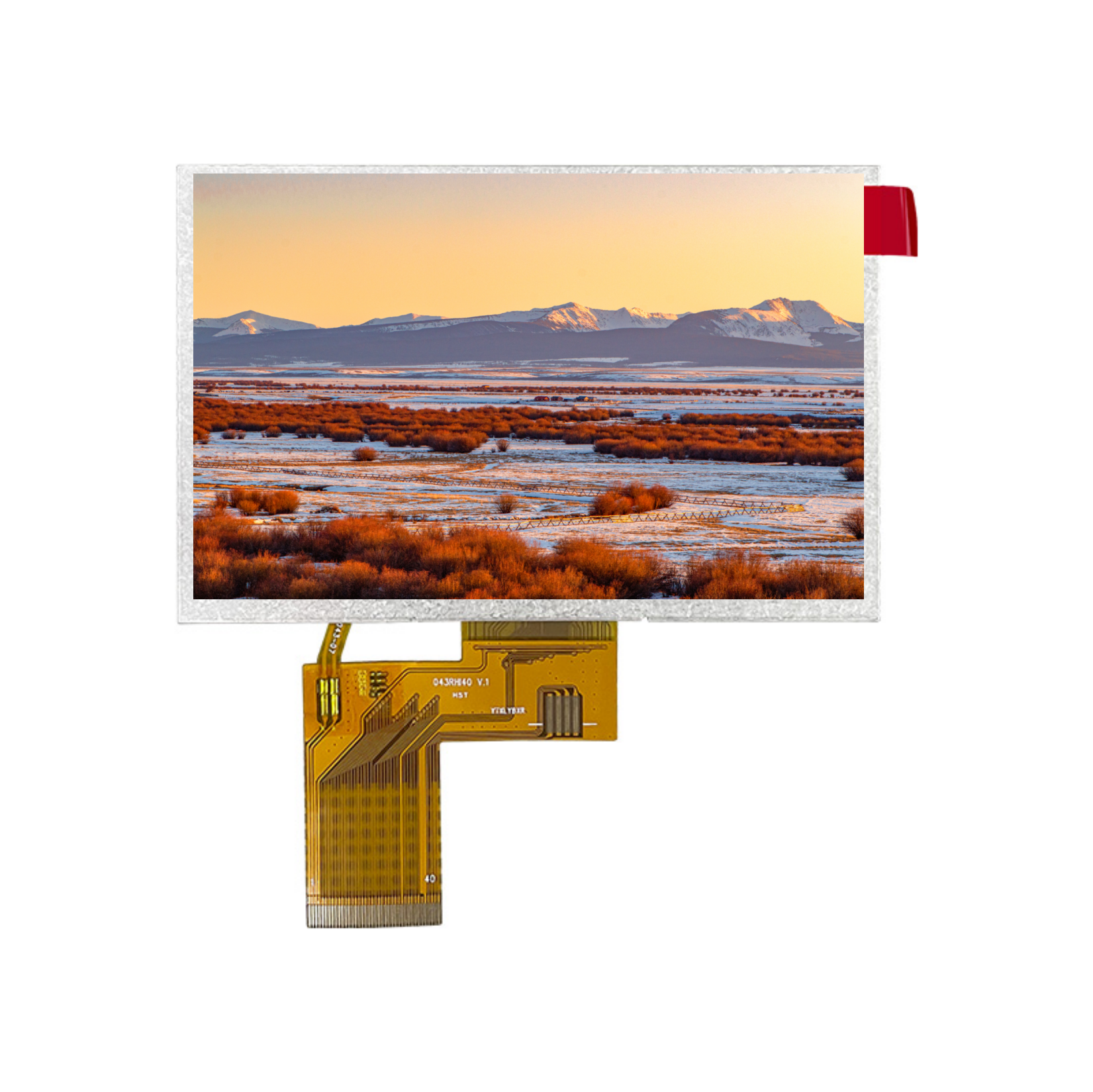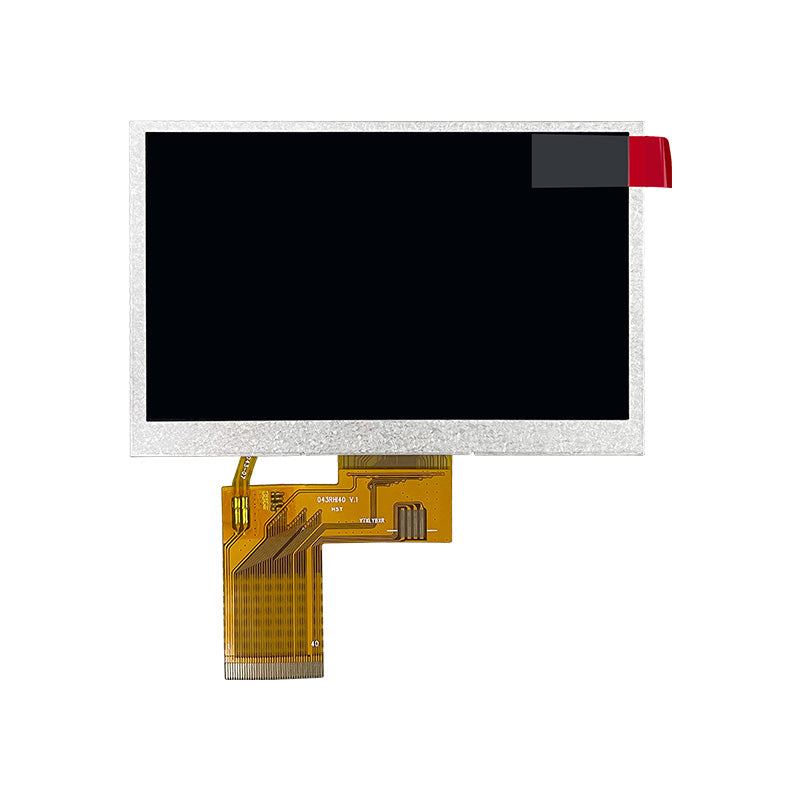Filter
11 Produkte
Portable TV: Entertainment On-The-Go
A portable TV is a compact and lightweight device designed to deliver entertainment anywhere. Weighing only 1–3 kg and featuring lithium batteries, these TVs offer up to 8 hours of continuous playback with fast-charging technology, making them ideal for travel, outdoor activities, and home use.
High-Definition Display and Low Power Consumption
Modern portable TVs utilize TFT LCD technology and IPS panels, ensuring bright visuals even in daylight. Screen sizes range from 7 to 15 inches, with resolutions from 720p to 4K. Wide viewing angles of over 170° guarantee clear and consistent colors from any perspective, while optimized backlight systems minimize power usage.
Versatile Usage Scenarios
Portable TVs are perfect for camping trips, road journeys, office breaks, and power outages. Whether you are outdoors watching live sports, in the kitchen catching news, or traveling by train, their mobility and long battery life make them reliable companions. During emergencies, portable TVs provide real-time information, serving as a dependable backup communication tool.
Connectivity and Smart Features
Equipped with HDMI, USB, and AV input ports, portable TVs connect easily to gaming consoles, laptops, and media players. Built-in Wi-Fi and Bluetooth allow for wireless streaming, internet browsing, or pairing with external speakers and headphones. Some advanced models even integrate Android OS, enabling app downloads and interactive entertainment.
Portable TV vs Tablets and Projectors
Unlike tablets, portable TVs are optimized for broadcast reception, larger screen sizes, and extended battery performance. Compared to projectors, portable TVs perform better in bright environments without requiring a projection surface. This makes them a practical choice for versatile indoor and outdoor use.
Buying Guide: What to Look For in a Portable TV
- Battery Life: At least 6–8 hours for uninterrupted viewing.
- Weight & Size: Choose lightweight models (under 2 kg) for travel.
- Screen Resolution: 1080p or higher for immersive visuals.
- Connectivity: Multiple ports plus Wi-Fi/Bluetooth support.
- Durability: Shock-resistant casing for outdoor use.
Future of Portable TVs
The next generation of portable TVs will embrace 5G streaming, AI-powered recommendations, foldable OLED displays, and eco-friendly batteries. These innovations will push portable TVs beyond traditional boundaries, blending mobile convenience with smart home integration and interactive entertainment.
Contact Us
Do you have any question?
OLED DISPLAY
Blog posts
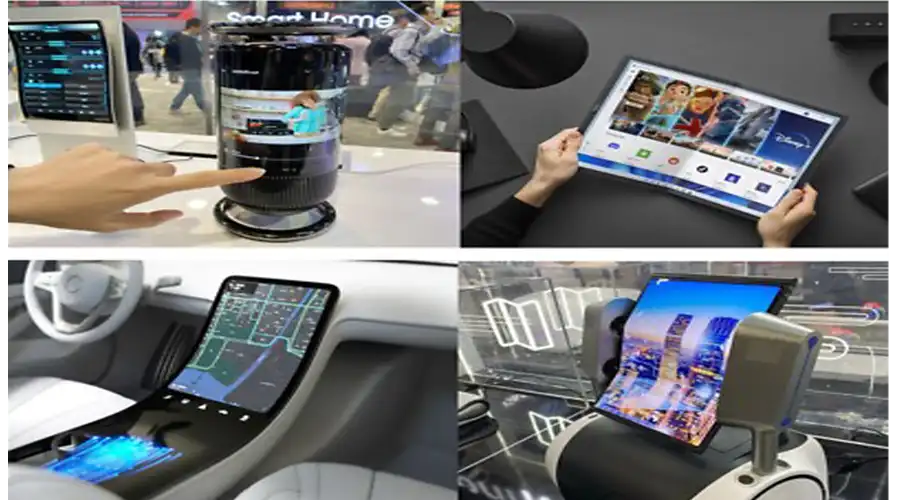
AMOLED Technology: Principles, Materials, Fabrication, and Future | BROWNOPTO
Navigation Introduction Principles of AMOLED Materials and Device Structures Driving Technologies Fabrication Processes Performance Characteristics Applications Challenges and Reliability Market...
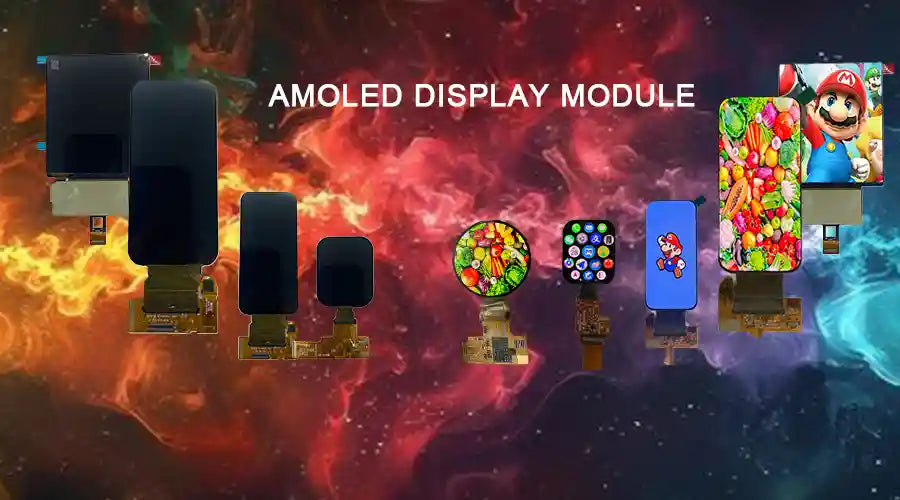
BROWNOPTO AMOLED Display Module: Principles, Selection, Practice
Table of Contents Overview & Value Structure & Working Principles Key Performance Dimensions Applications & Design Notes Selection & Spec Checklist Integration & Validation F...
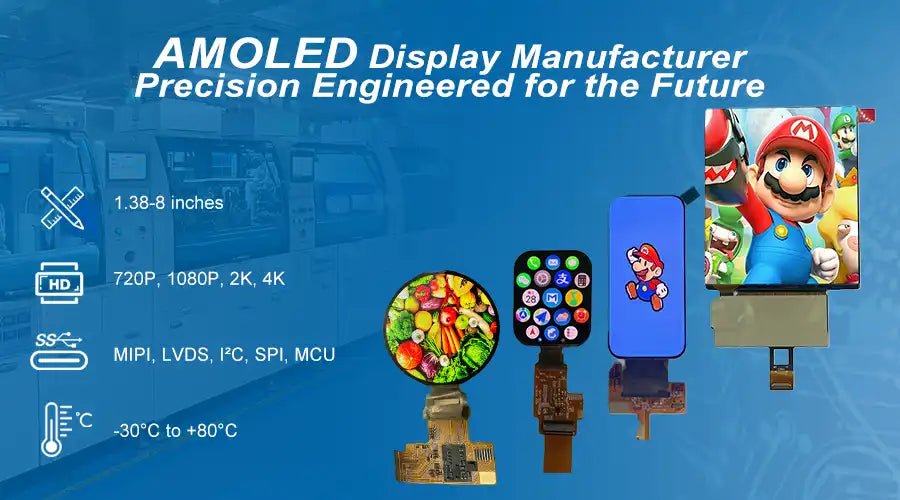
AMOLED 2025: Tech Basics, PWM, HDR, and Burn‑in Care
Table of Contents Introduction AMOLED Basics How AMOLED Works TFT Backplane Pixel Circuits & Compensation Emission Stack Sub‑pixel Matrix Optics & Light Pros & Cons Brightness &am...

